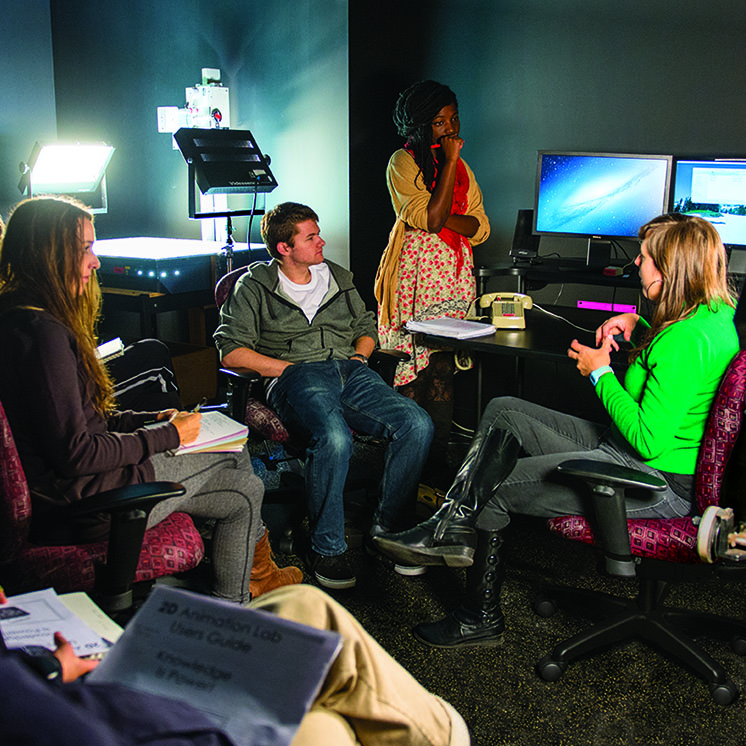The Red Pacific
REVISED
Spring 2016 quarter
Taught by


Our work in this program draws inspiration from Paul Gilroy's The Black Atlantic: Modernity and Double Consciousness and Jace Weaver's The Red Atlantic: American Indigenes and the Making of the Modern World, 1000-1927 . Gilroy and Weaver place Africans and Native people at the center of Atlantic world history. In this program, we will do similar work with Indigenous people and the Pacific world. The Pacific ocean is not only a conduit for the physical movement of people and ideas, but also serves as a highway for connections between cultures. How can we understand a sense of place that is based both on landscape and on seascape? On vessels from voyaging canoes to tall ships, cultural and intellectual life were nourished by the exchange and circulation of ideas. We will learn about the multiple histories of the Pacific world, considering in more depth the connections between the Indigenous people of the Coast Salish region, Hawai’i, Australia, and Aotearoa. In our studies of the Pacific world, we will place Indigenous people at the center of our narrative through a focus on art, literature, and history.
We will examine the Red Pacific as part of a larger story of globalization and the worldwide movement of Indigenous people and their technologies, ideas, and material goods. Indigenous people sailed the sea for multiple purposes in the last five centuries: as voyagers, adventurers, slaves/captives, soldiers, artists, and public intellectuals. We will particularly work to understand the canoe as transportation, cultural artifact, and symbol of sovereignty and nation-building. Students will analyze contemporary examples of Indigenous connections such as the Tribal Canoe Journeys, the Gathering of Indigenous Artists that was held at Evergreen in 2001, and recent voyaging of the Polynesian triangle by double-hulled waka.
Students will be expected to integrate extensive readings, lecture notes, films, interviews and other sources in writing assignments. Students will learn about the different ways that Native communities have employed images and objects as links to history, identity, culture, function and ceremony. Students will develop the foundations of studio art practice in Northwest Native design and relief printmaking techniques. Students will explore and research the use of relief printmaking by indigenous artists of the Pacific world and will create a conceptual body of work with an emphasis on professional editioning practices. We welcome students who do not identify as artists, but have a deep interest, and all students will work to better understand their place in relationship to the dominant arts canon. Faculty will work with students to develop different forms of literacies, including visual, cultural, and political. These skills are often prerequisites for those who wish to be involved with artistic practice or plan on teaching.
Program Details
Fields of Study
Preparatory for studies or careers in
Location and Schedule
Campus location
Olympia
Schedule
Offered during: Day
Advertised schedule: First spring class meeting: Tuesday, March 29 at 9am (Longhouse 1007A)
Books
Online Learning
Required Fees
Special Expenses
Revisions
| Date | Revision |
|---|---|
| May 12th, 2015 | New spring opportunity added. |
 my.evergreen.edu
my.evergreen.edu

 Spring
Spring